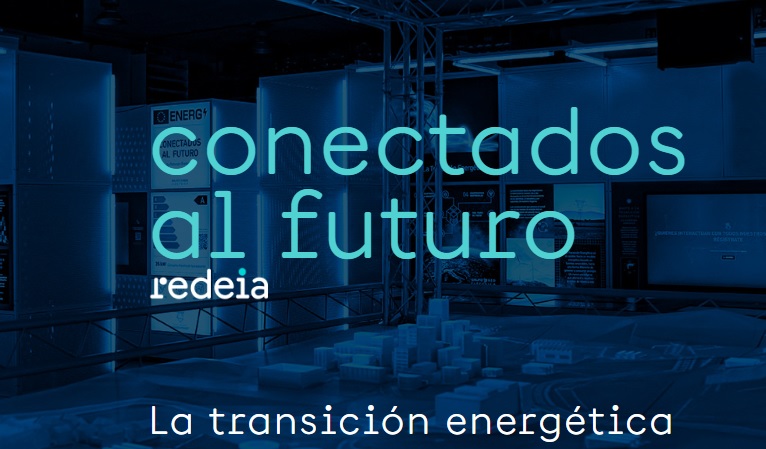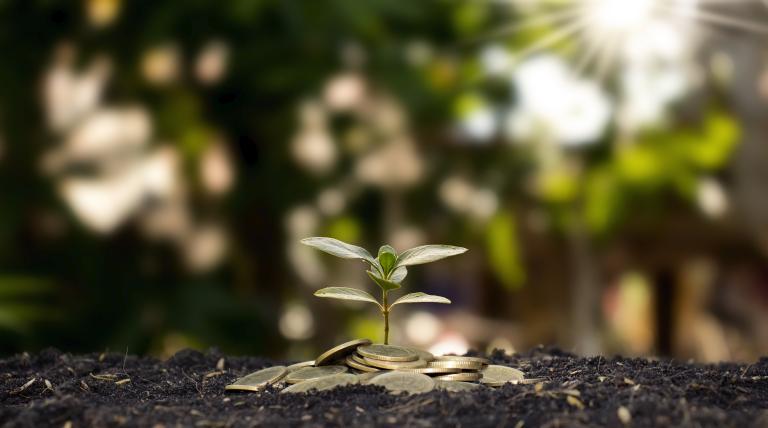We are a global operator of essential infrastructure
In times where there is a lack of renewable energy sources on the Canary Islands, pumped storage is the only tool that facilitates the much-needed large-scale storage of energy.
The Integrated National Energy and Climate Plan (NECP) has set the target that 74% of the electricity generated nationally will be of renewable origin by 2030. Faced with this target for the future, the reality as of today is: the energy mix on the Canary Islands closed 2018 with a share of 10.5% of clean energy generation. Due to their small and isolated nature, the electricity systems on the Canary Islands’ are more vulnerable than the system on the Spanish peninsula [1] and therefore the work needed to move towards a true energy transition entails greater challenges.
In this regard, energy storage batteries and electric vehicles are not an alternative to the Chira-Soria pumped-storage hydroelectric power station, although they could be considered a supplementary source of stored energy if and when they reach a level of technological development and degree of maturity, as well as associated costs, that can help promote and boost their further implementation.

A true energy transition on the Canary Islands, such as that proposed at a national level in the NECP, will mean that when there is an abundance of renewable generation, this surplus generation would need to be stored in order to be able to use it to cover those periods when there is a shortage of renewable energy resources. In the absence of adequate energy storage solutions, although the region does have installed renewable power capacity, for now it will still be necessary to continue using energy produced with fossil fuels to cover periods when there is a lack of clean energy.
Therefore, in order to reach high levels of renewable generation throughout the year as a whole - and therefore achieve energy sovereignty - it is necessary to have a significantly higher volume of renewable energy capacity with respect to the actual electricity consumed, therefore allowing the surplus renewable energy that can be generated to be stored so that it can be used when there is a shortage of renewable energy resources.
The storage capacity required for this purpose is very high. Much more than the capacity of batteries that exist today. The Tesla big battery installed in Australia – known as the Hornsdale project - is often used as a reference to illustrate the use of batteries. This project, which is currently the world’s largest, has a storage capacity of just 129 MWh and would only be able to supply the Canary Island's consumption during peak demand periods for just 14 minutes.

Although the price of batteries has been coming down over time, the reality is that at present to consider using batteries as an alternative to Chira-Soria would be much more expensive for the general public. In addition, their useful life would be much lower than that of a pumped storage facility and would also require additional costs for replacing the batteries over time.
Sometimes Australia is also used as a reference due to the installation of this small battery. However, it is not mentioned that the construction of a pumped storage project with a capacity of 2,000 MW and 350,000 MWh - 110 times greater than Chira-Soria - has just been approved [2]. The purpose of said project, as indicated, is to reduce carbon emissions, lower electricity prices and make Australia’s electricity system safer. In this way the largest battery in the world represents only 0.037% of the capacity of the pumped storage project to be built in Australia.
'While batteries are improving rapidly, for large scale storage the best option is pumped hydro'
Malcolm Turnbull, australian former prime minister
In this regard, while batteries are not a viable alternative for large-scale storage as is the case with pumped storage, they can currently be configured as a useful tool that can be applied when the required storage capacity is low and the power required is high. This is the case for some specific purposes, such as, maintaining frequency stability or maximising the use of grids, especially in the case when there is a fault.
On the other hand, although electric vehicles will contribute to the energy transition in a very significant way, the reality is that the scenario in which they can become a substantial asset within the electricity system is still a long way in the future [3]. In any case, an electricity system without energy storage capacity and with electric vehicles will continue to need to use energy produced with fossil fuels to cover the numerous periods when there is a lack of renewable energy resources.
The Chira-Soria pumped project is at the forefront of technology
The storage of energy by means of pumped hydro has existed since the early days of electricity systems, nevertheless the technology used has evolved significantly. In this regards, Chira-Soria uses cutting-edge concepts and technology that place it as a world reference. Its design has been specially conceived for its purpose, which is the integration of renewable energy, the security of supply and the overall security of the electricity system, and for this it uses the most advanced technology available. It really is a 21st century project that would have been unimaginable a few years ago and it will place Gran Canaria as a benchmark in the world of technology and engineering. Additionally, it has been designed so that its environmental impact is kept to the minimum.
Chira-Soria will not in itself produce renewable energy. Said production will be carried out by both existing and future renewable generating stations, wind farms and photovoltaic facilities. The Chira-Soria pumped-storage hydroelectric power station will be the tool that is made available to the electricity system that will avoid renewable energy curtailment (loss of energy production) during those moments when there is an abundance of renewable resources available by helping to store this energy and return it to the system when needed. In this way, even when the renewable source is no longer available, Chira-Soria will make it possible to supply electricity using renewable energy that was stored during times of plenty As a result, it would be not be wise to trivialise the energy transition in the Canary Islands, actually even compromising it by raising debates or arguments that are ill-founded or erroneous, which are probably more a result of likening them to a currently unattainable desire rather understanding the reality of what today’s technology can offer us. Furthermore when we consider what is at stake: the necessary energy transition and the money of the citizens.
[1]: System based on a contribution of renewable generation of 40.1% to the energy mix
[2]: More information by clicking here
[3]: REE has projects underway in order to accelerate the presence and contribution of the EV (Electric Vehicle)














